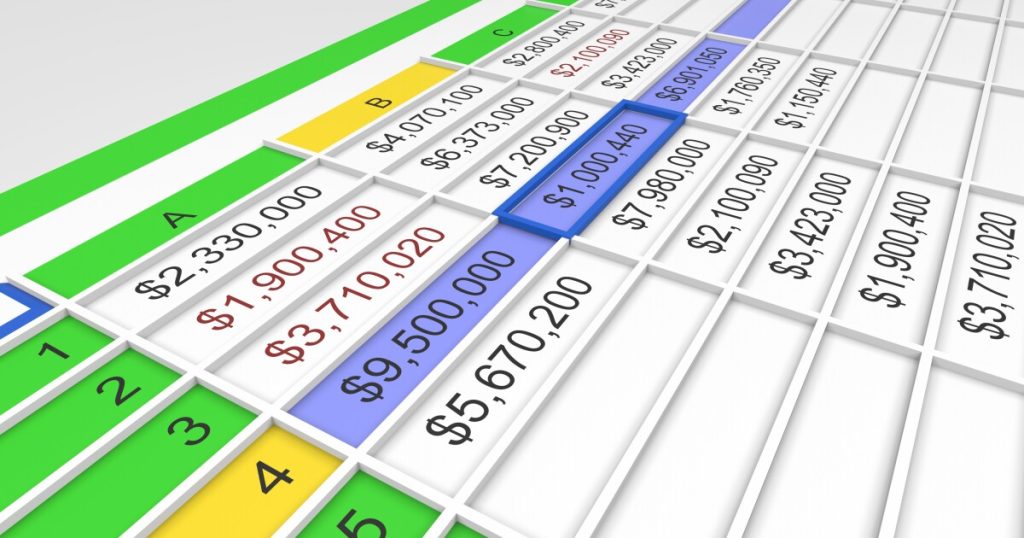Fotolia
Excel, the ubiquitous spreadsheet software, has long been a cornerstone of business operations. Its grid of cells has empowered countless professionals to analyze data, create financial models and generate reports. But for financial professionals, especially those working in
Once the trusted paper map of data analysis, Excel’s legacy is both its strength and its weakness. Its accessibility empowered professionals to explore data and uncover insights independently. Yet as data drives modern business, using Excel feels like navigating with a map while competitors speed by in driverless cars.
Excel’s dominance persists due to familiarity and resistance to change. For many finance professionals, it’s a trusted tool ingrained in their workflows. However, this comfort often hides inefficiencies that cost businesses time and money.
For FX professionals, Excel’s weaknesses are more than mere annoyances. Handling large datasets often leads to system crashes, macros are prone to errors and version control is a constant struggle. These limitations result in lost opportunities, as slow calculations and errors can lead to missed market chances. Faulty data models can damage client trust, posing a reputation risk, while the time spent fixing issues diverts focus from strategic work, increasing operational costs. Additionally, reliance on personalized spreadsheets creates delays when the creator is unavailable, and user-specific methods limit scalability, hindering collaboration and overall team efficiency.
These limitations don’t just inconvenience professionals — they actively hinder business operations and growth. In fact, Excel’s limitations have already caused real-world headaches. The infamous “London Whale” incident at JPMorgan Chase, where a miscalculated Excel formula contributed to a $6 billion trading loss, is a stark reminder of the risks of relying on outdated tools in high-stakes environments.
Today, we’ve entered a new era where artificial intelligence and large language models are true game changers in data analysis. Like driverless cars transforming transportation, these technologies process massive datasets, automate tasks and reduce errors, enabling professionals to focus on strategic decisions rather than manual labor.
Take FX risk modeling, for example, Excel demands hours of manual data entry, formula setup and error-checking. An AI-powered platform integrates real-time data, runs multiple scenarios and delivers comprehensive analyses in minutes. It identifies trends Excel might miss while saving time, improving accuracy and minimizing human error.
AI transforms tedious processes into seamless workflows, empowering businesses to make faster, smarter decisions and leaving Excel as a helpful — but secondary — tool in the data analysis journey.
While there are numerous advantages to AI, we must still acknowledge Excel’s strengths. Its flexibility and simplicity make it perfect for quick calculations and prototyping — a Swiss Army knife for small tasks, though impractical for heavy-duty work. The goal isn’t to abandon Excel but to integrate it with AI tools for seamless workflows.
For instance, a financial institution might use Excel for initial data entry, then transfer the data to an AI platform for deeper analysis. This hybrid approach combines Excel’s familiarity with the efficiency of modern technology.
Despite the clear advantages of AI, transitioning from Excel can be challenging. Finance professionals often resist change due to regulatory constraints, reliance on legacy systems and a natural aversion to risk. To ease the shift, businesses can offer training through programs like Google’s AI Essentials or Coursera’s AI courses, while showcasing hybrid solutions that integrate Excel with AI workflows. Additionally, when industry leaders adopt AI tools, they set an example that inspires urgency and motivates peers to follow suit.
For digital-native analysts, however, the transition is far less daunting. They readily embrace tools that streamline tasks and deliver deeper, more actionable insights, making the shift both natural and rewarding.
The future of data analysis is evolving, and even Excel must adapt. Microsoft’s AI integrations mark a shift toward blending spreadsheets with AI for seamless, error-free and accessible data analysis. Today, AI assistants in Excel can create datasets, generate charts, automate tasks and provide predictive analytics. This isn’t Excel’s demise — it’s its transformation into a modern tool.
My critique of Excel isn’t about its accomplishments but what it symbolizes: resistance to change. For FX professionals and beyond, adopting AI isn’t optional — it’s essential. Excel should no longer be the centerpiece of data analysis but a sidekick to the real powerhouses: AI and LLMs.
Progress begins with reimagining our tools. By embracing innovation, we unlock unprecedented efficiency, accuracy and insight. The era of self-driving cars is here — it’s time to move beyond the map.
